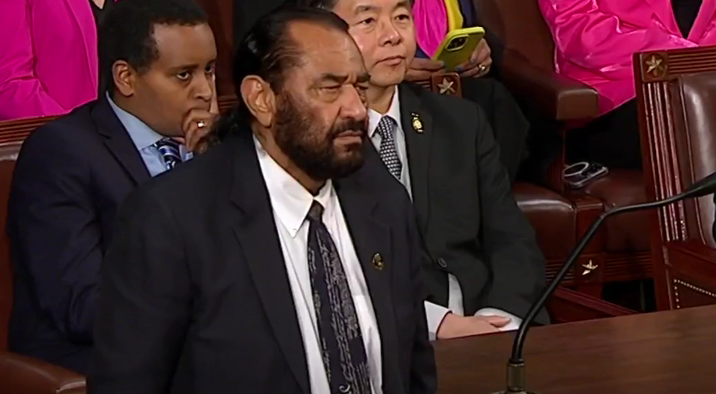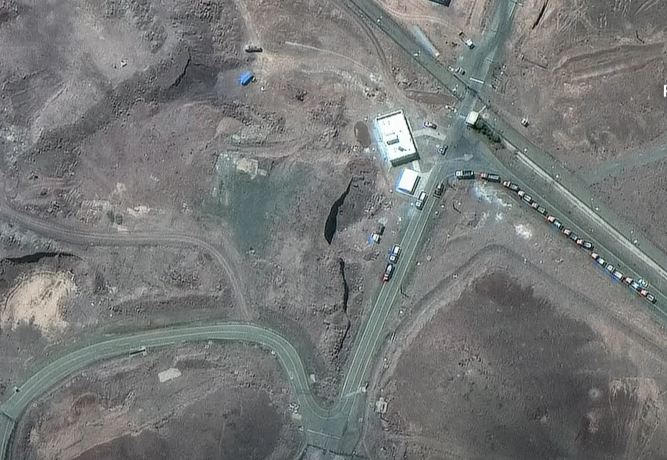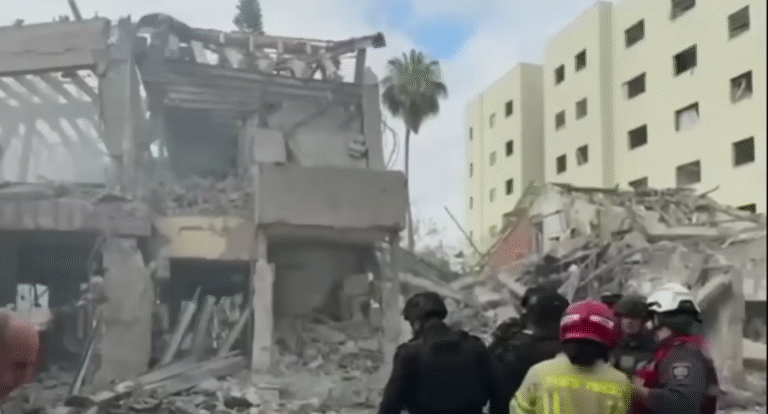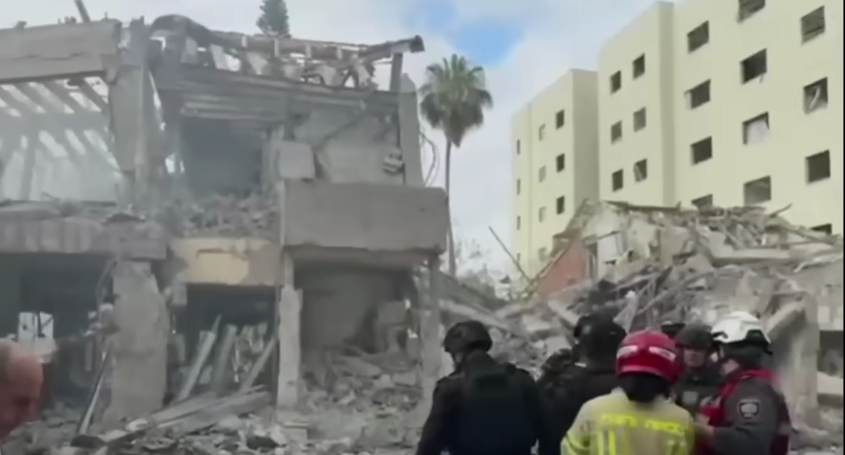
Iran-Israel War News: After receiving parliamentary approval, Iran’s Security Council will decide whether to shut down the Strait of Hormuz.
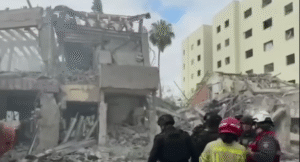
Iran-Israel War Escalate Over Operation ‘Midnight Hammer’
In a high-stakes Pentagon briefing, about Iran-Israel war U.S. Defense Secretary Pete Hegseth revealed details about Operation Midnight Hammer—a coordinated strike on Iran’s nuclear facilities that was personally greenlit by President Donald Trump. Hegseth called the mission “bold and brilliant,” saying it sent a clear message to the world: “American strength is back.”
“President Trump has made it clear—America doesn’t want war,” Hegseth said. “But when our people, allies, or interests are threatened, we won’t hesitate. We’ll act—quickly and decisively.” He also urged Iran to return to the negotiating table, adding that the ball is now in Tehran’s court.
Iran-Israel War Iran Fires Back with a Firm Warning
Iran didn’t hold back in expressing its anger. Within hours of the U.S. airstrikes, Foreign Minister Abbas Araghchi strongly condemned the attacks, labelling them a direct violation of the UN Charter, international law, and the nuclear non-proliferation treaty. He warned that such aggressive actions could lead to serious fallout and made it unmistakably clear that Iran stands fully ready to defend its sovereignty, protect its citizens, and safeguard its national interests—without hesitation.
At the same time, Iran’s Islamic Revolutionary Guard Corps delivered a stern message on national television, cautioning the United States to brace for a “regrettable response” in retaliation for the strikes on Tehran’s nuclear infrastructure.
What Weapons Were Used In Iran-Israel War by US?
In the same Pentagon briefing, Air Force General Dan Cane, representing the Joint Chiefs of Staff, confirmed that seven B-2 Spirit stealth bombers carried out the mission. The planes flew an intense 18-hour operation, striking key nuclear sites in Isfahan, Natanz, and Fordow between 6:40 and 7:05 p.m. ET.
The bombers dropped GBU-57 Massive Ordnance Penetrators—better known as “bunker busters.” These heavy-duty conventional bombs are designed to burrow deep underground, reportedly capable of penetrating up to 200 feet to reach fortified bunkers.
That wasn’t all. A U.S. submarine also joined the mission, launching more than two dozen Tomahawk cruise missiles aimed at “high-value targets” at the Isfahan nuclear facility.
